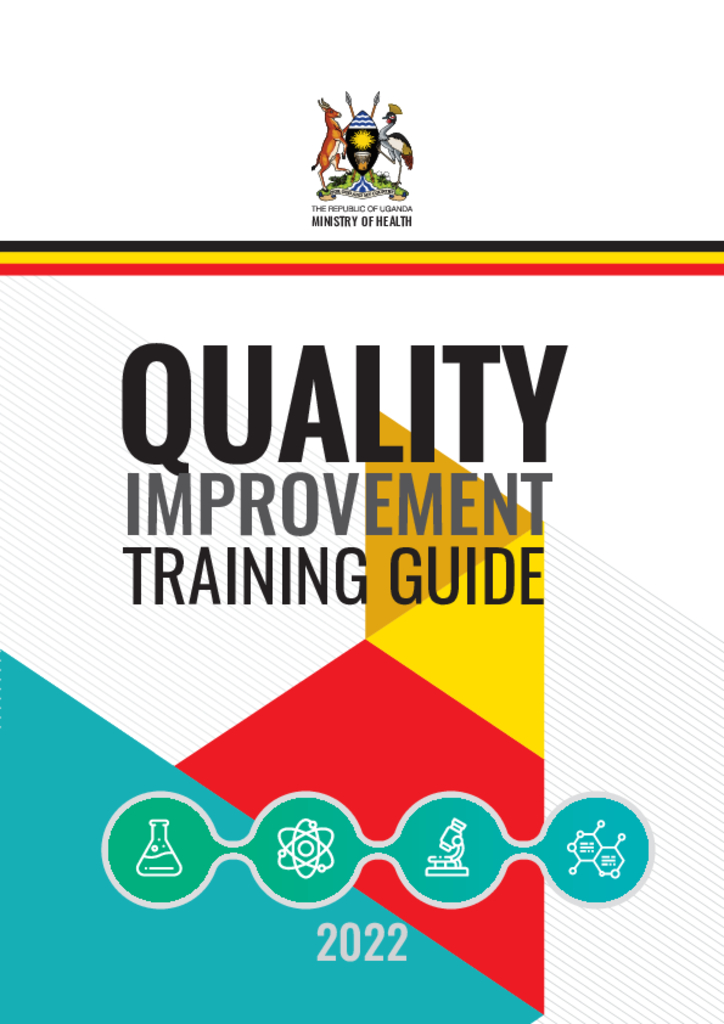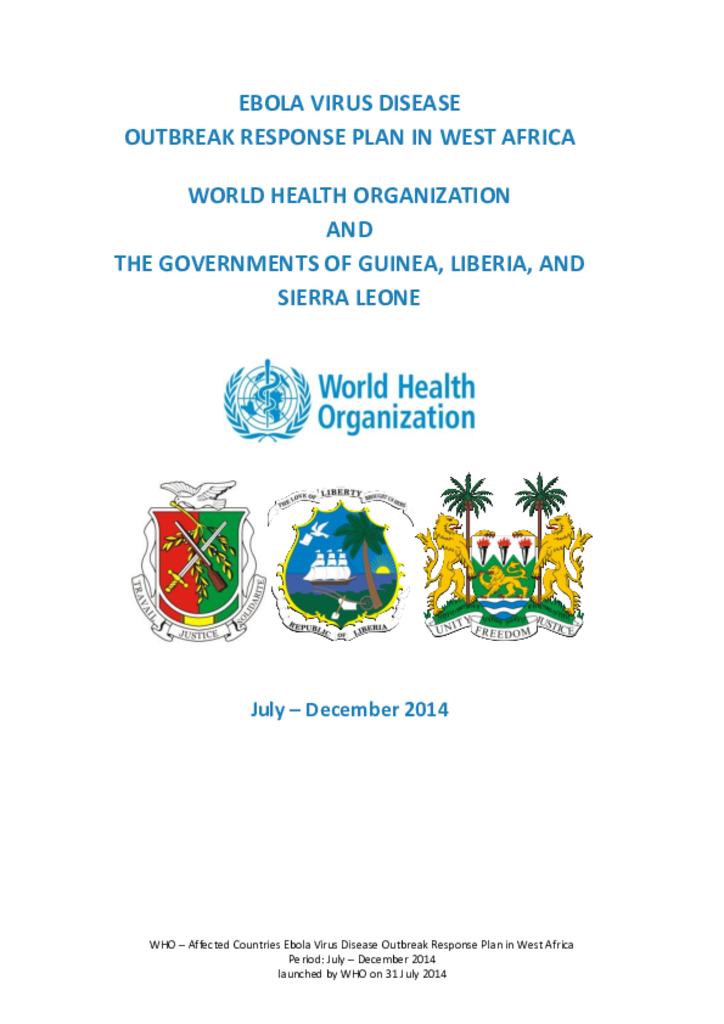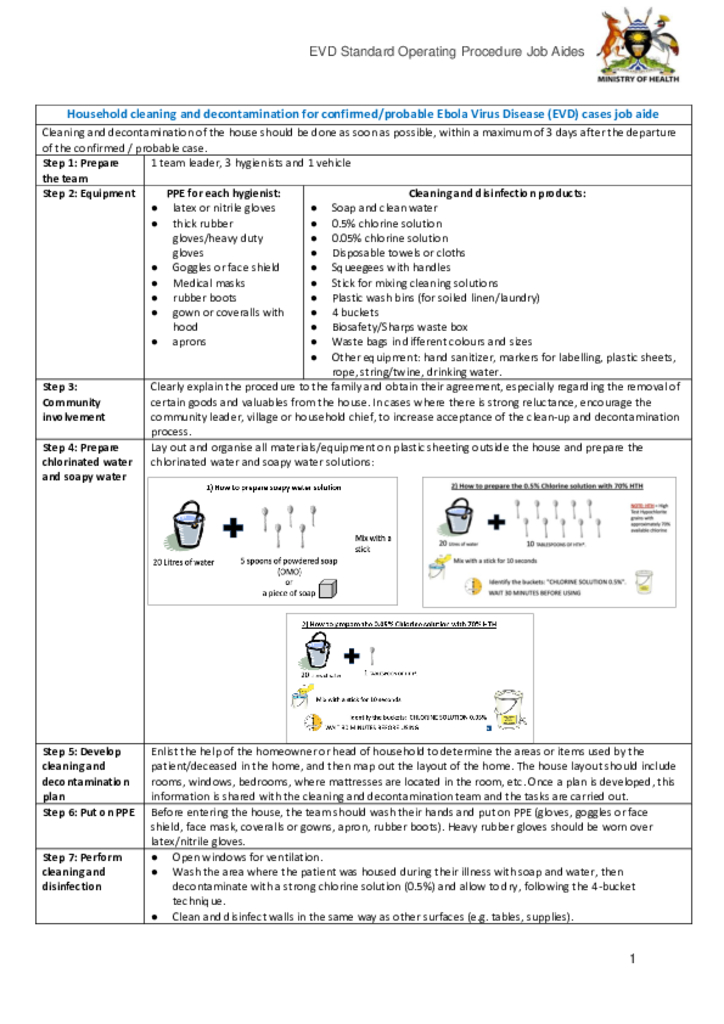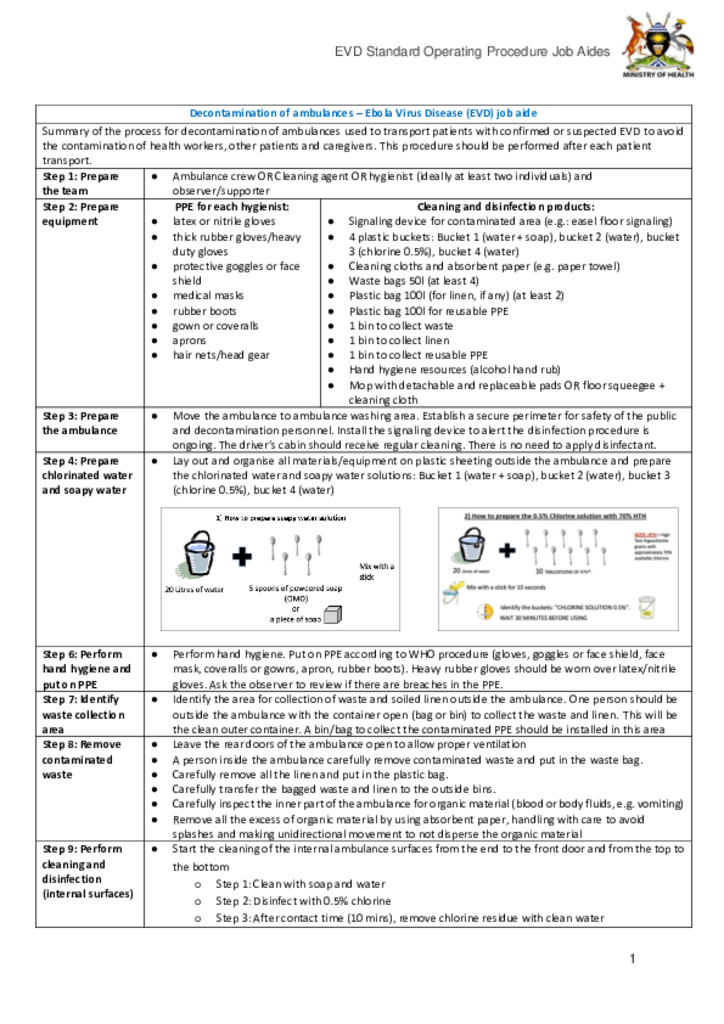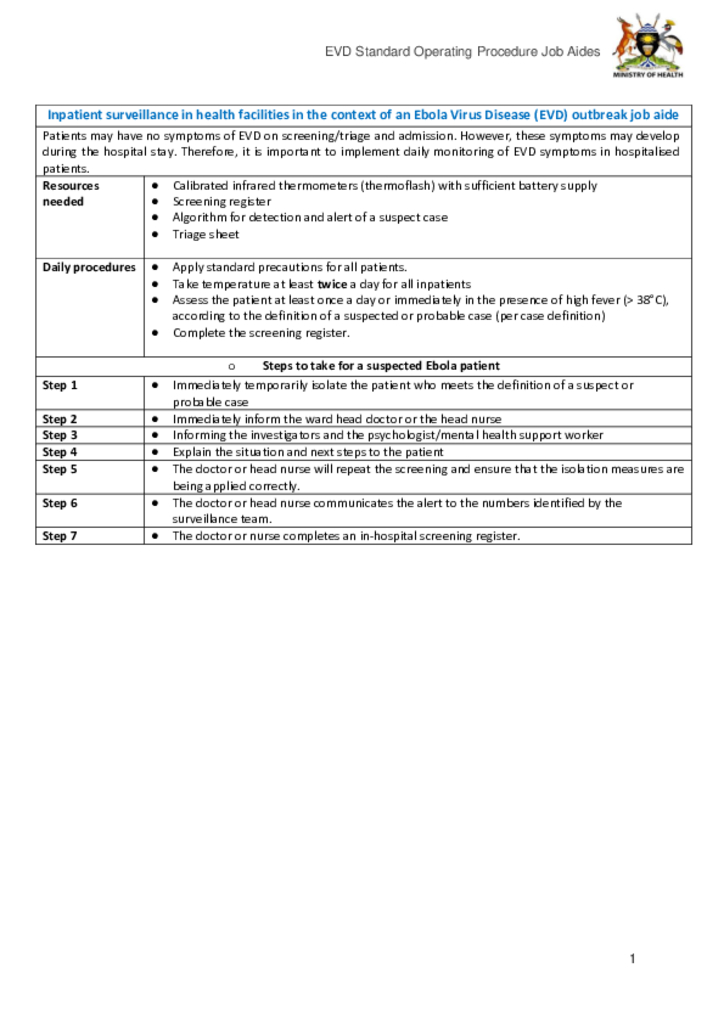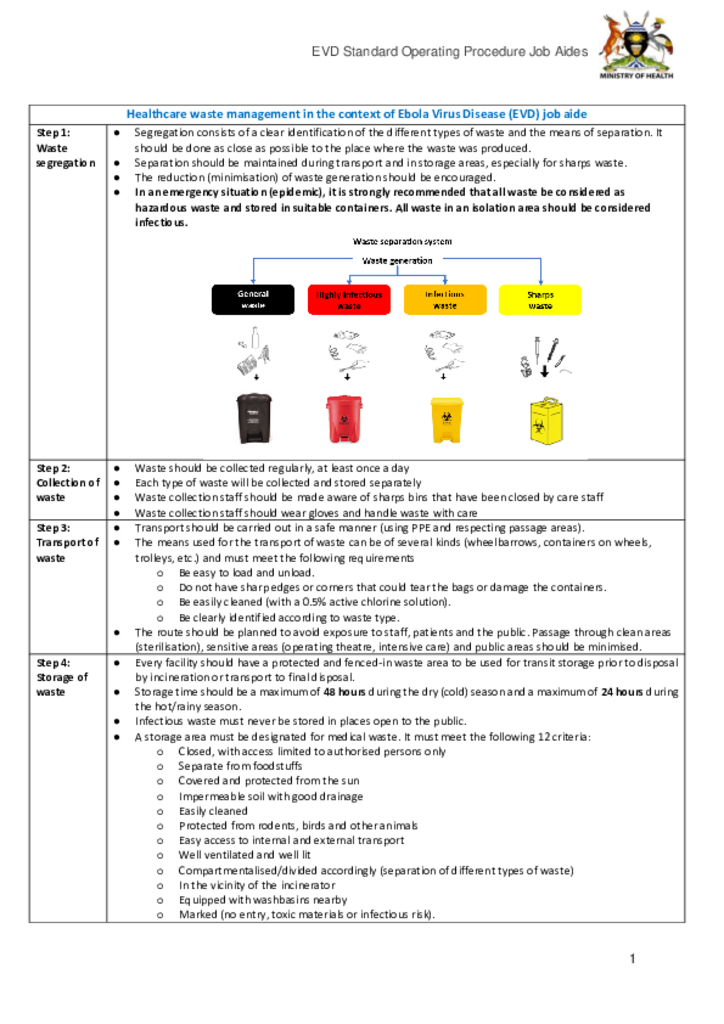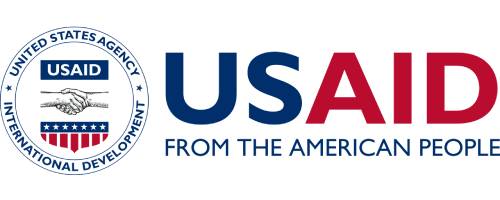The 5S Quality Improvement (QI) Training Guide comes to address the current gap of inadequacy of the required materials for developing capacity towards improved implementation of 5S and QI in the country. There is increasing demand towards sharing knowledge to fulfil ability and one potential to perform better and meet the expected health service standards in places of work.
The Ministry of Health (MoH) Strategic Plan builds on the Human Capital Development Component of the National Development Plan III and lays a foundation for movement towards Universal Health Coverage. This plan provides strategic directions to the MoH Headquarters over the five-year period and is underpinned by a performance agreement that will enable the Ministry to assess and report on the results of the MoH in each specific strategic area of focus on regular basis.
This funding plan is based on a vision of empowering both affected countries and WHO to engage with all national and international stakeholders on the ground. The plan will ensure coordination among all actors and the delivery of effective support to the affected countries and countries at risk. With an outbreak of this nature and magnitude, no organization could meaningfully work and make impact working on its own.
The job aide is used to ring fence the minimum perimeter area once an Ebola case has been confirmed. This perimeter is defined either from the home of the case or around the health facilities where the case was treated.
This document is a detailed step-by-step procedure for cleaning and decontaminating of the house where a confirmed/probable Ebola Virus Disease (EVD) case (s) have been treated. This should be done as soon as possible, within a maximum of 3 days after the departure of the confirmed / probable case.
This document is a detailed step-by-step procedure for putting on and taking off PPE in the context of Ebola Virus Disease (EVD).
This job aide is a detailed step-by-step procedure for PPE screening and triage in the context of Ebola Virus Disease (EVD).
This job aide is a detailed step-by-step procedure, summarising the process for decontamination of ambulances used to transport patients with confirmed or suspected EVD to avoid the contamination of health workers, other patients and caregivers. This procedure should be performed after each patient transport.
This job aide is a detailed step-by-step procedure used to implement daily monitoring of Ebola Virus Disease (EVD) symptoms in hospitalised patients. It is a very important procedure because patients may have no symptoms of EVD on screening/triage and admission. However, these symptoms may develop during the hospital stay.
This job aide is a detailed step-by-step procedure to guide on healthcare waste management in the context of Ebola Virus Disease (EVD). In an emergency situation (epidemic), it is strongly recommended that all waste be considered as hazardous waste and stored in suitable containers. All waste in an isolation area should be considered infectious.
This protocol is intended for use when there has been a potential occupational exposure to Ebola virus, but infection is not confirmed. It is intended for use in health care settings for exposures related to the workplace. Specifically, this document is applicable for the Ebola virus (EBOV) belonging to Sudan Ebolavirus species in the Genus Ebolavirus.
This job aide is a summary of a step-by-step procedure for safe burial of a person who as died from confirmed, or probable Ebola Virus Disease (EVD).
